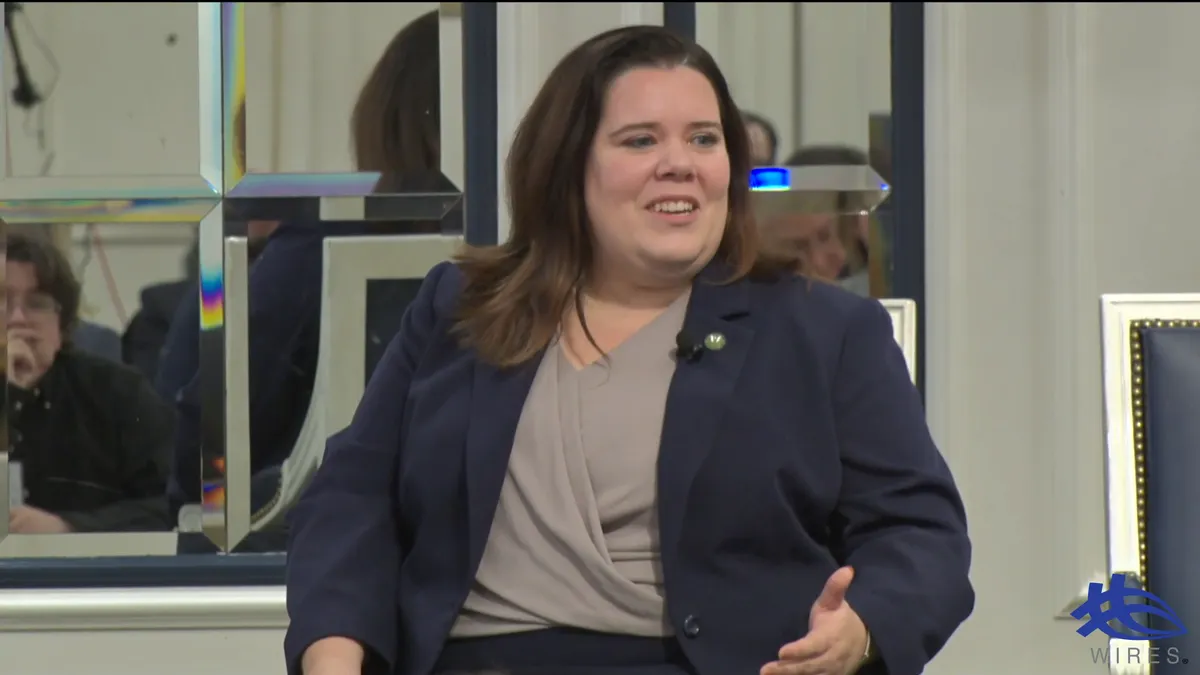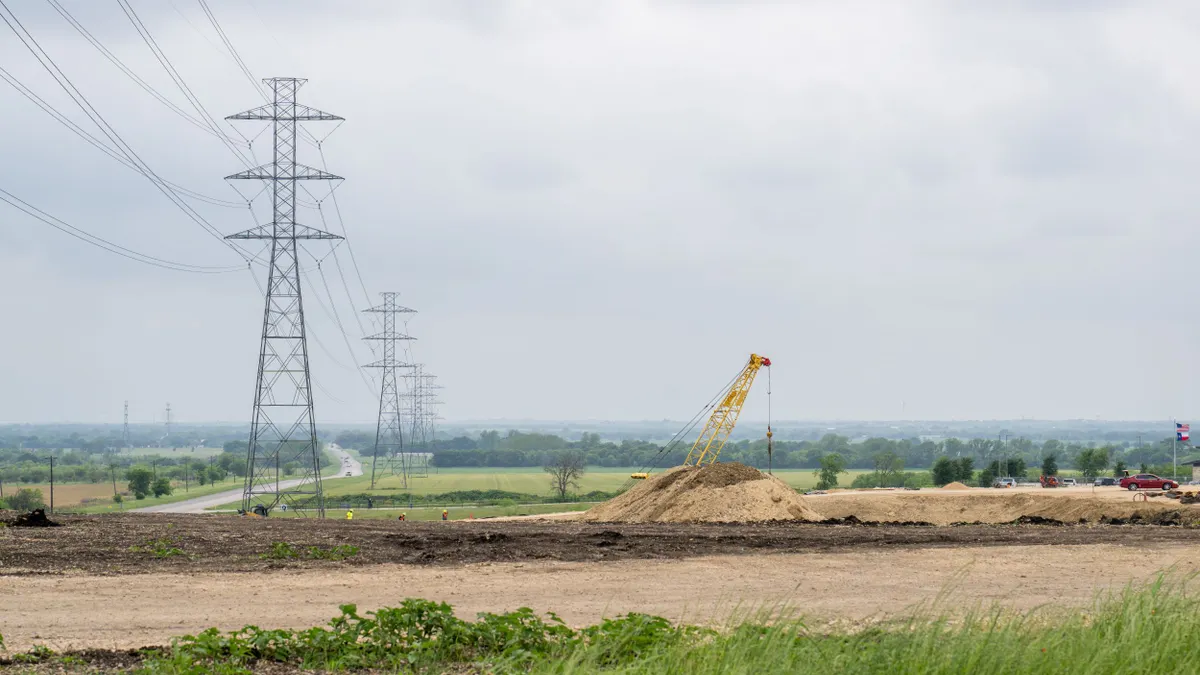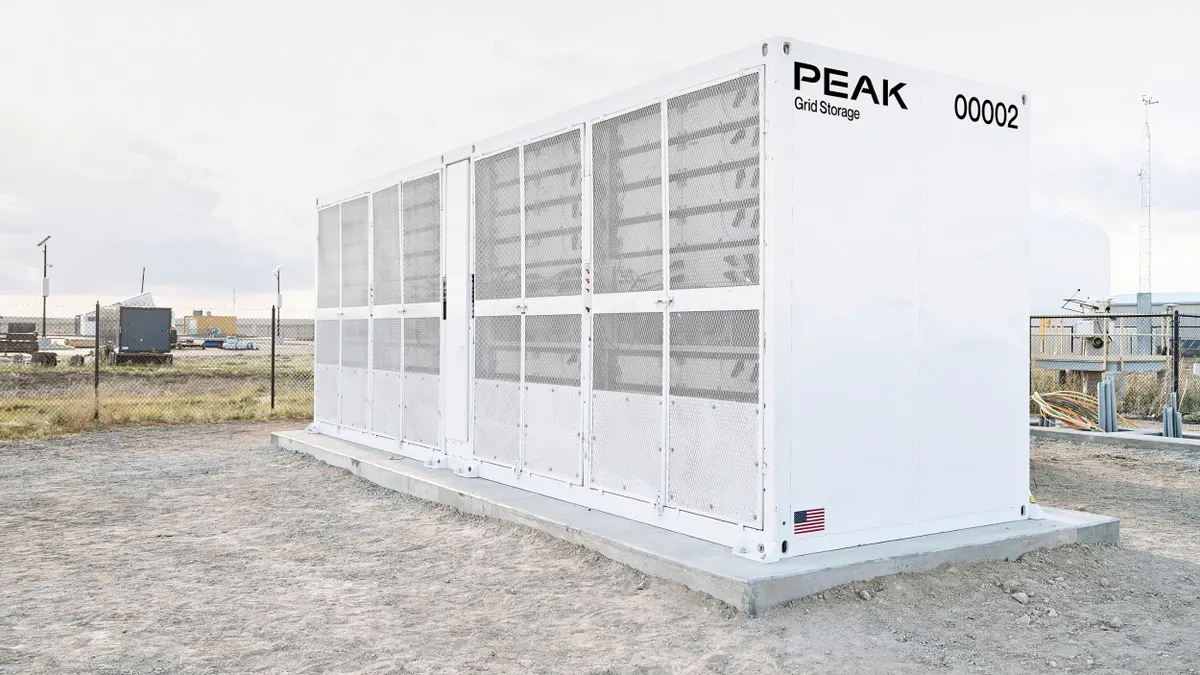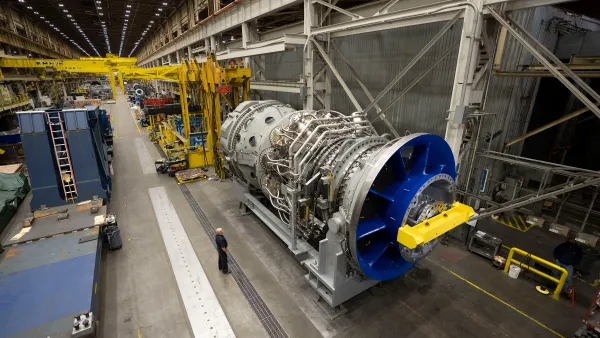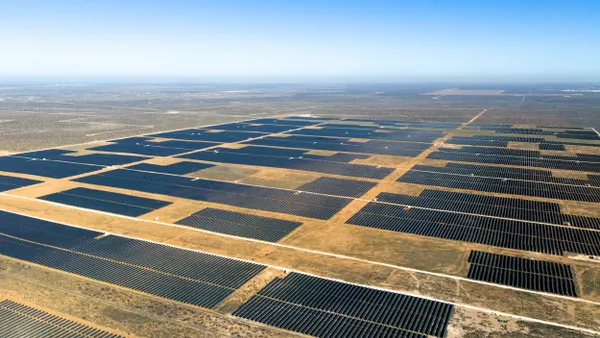In the face of surging load growth forecasts, Lindsay See, a Federal Energy Regulatory Commission commissioner, called for flexibility and new approaches to grid development during a meeting held Thursday by WIRES Group, a transmission trade group.
“I … never want to be the person who is saying no to something just because we haven't done it before,” See said. “I think there's an onus on all of us in the sector to make sure that we are being nimble and are open to new solutions.”
In the last year, FERC has received innovative proposals for speeding grid interconnections for proposed generating facilities, See noted.
“When we are looking at those proposals — speaking for myself, but also the conversations I've had with my colleagues — we are really looking for ways that we can apply those predictable standards in our statutes, but that allow this kind of nimbleness and creativity moving forward, because I think it is going to require not being static in terms of the approaches that we've used before in order to meet the urgency of this moment,” she said.
While FERC is guided by statutes to set fair and predictable rules, “there's a pretty broad range, in my view, of what ‘just and reasonable’ can be, especially when we have new situations and urgency,” See said. FERC uses a “just and reasonable” standard when it sets electric rates.
See said she was cautious about prescriptive rulemakings in a time of rapid change.
“I don't want to be the one who is stifling innovation and new changes that we're seeing happen,” See said. “I really approach that as trying to be in listening mode a lot to figure out where would guidance and uniformity be helpful for the industry … and where is it potentially a hindrance.”
The incentives FERC gives for transmission development are “an incredible tool” that can help the agency meet its goal of ensuring reliable and affordable power, according to See.
“We're at a time where we need electrons to be able to get where they need to in an efficient and a cost effective manner, and that's going to require new investments and new development, and we need that quickly,” See said. “Incentives can play a really powerful role in moving that forward. I'm also really mindful of a lot of the concerns that come from the rising cost of transmission and how that affects ratepayers.”
FERC’s 0.5% return on equity adder given to members of regional transmission organizations can provide significant value by encouraging utility participation in organized markets, according to See.
Also, Congress told FERC to offer transmission incentives, See noted. “We have a statute that tells us we shall give an incentive to entities that join the RTO,” she said. “Congress didn't tell us specifically what that needs to look like, but that is a policy judgment that Congress has made, and there's a lot of wisdom behind it.”
However, FERC should only approve incentives when the evidence for their benefit is “appropriately strong,” See said.
In June, the Organization of PJM States, the Organization of MISO States, the New England States Committee on Electricity and the Southwest Power Pool Regional State Committee — groups that represent state utility regulators — urged FERC to eliminate the RTO adder. They said the RTO incentive adds millions to ratepayer costs to encourage behavior — being an RTO member — that utilities would likely do anyway.
See said she supports “smart” investment in local, regional and interregional transmission.
“We just need commonsense, practical solutions, and I think we're at a time where we need an all of the above approach here,” See said.
Further, the power sector needs to take full advantage of the existing grid, including by using grid-enhancing technologies and “right-sizing” upgrades when aging infrastructure is replaced, according to See.
See said FERC is facing “some challenges” because of a reduction in its staff, and its inability to replace staff because of a hiring freeze imposed by the Trump administration.
“We have a workload that is going up given the pace of change … and other needs, and if we're not able to fill those spots at some point, that's a math equation that could give us some concern,” See said.
FERC staff has fallen 11% this year through voluntary attrition, FERC Commissioner David Rosner said at an Oct. 16 media briefing.



